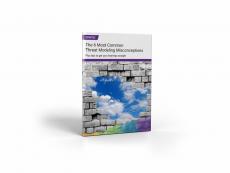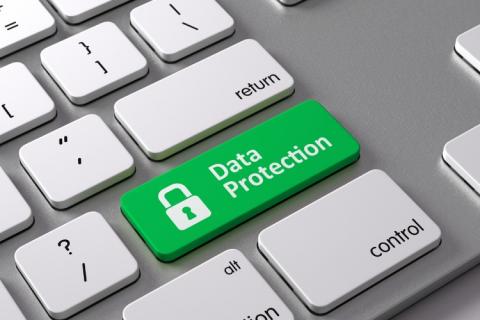September 2020: Compliance Certification Roundup
Each month, Reciprocity highlights companies that have earned compliance certifications for information security frameworks. Here’s our September 2020 roundup of recent compliance news from around the United States and around the world.






